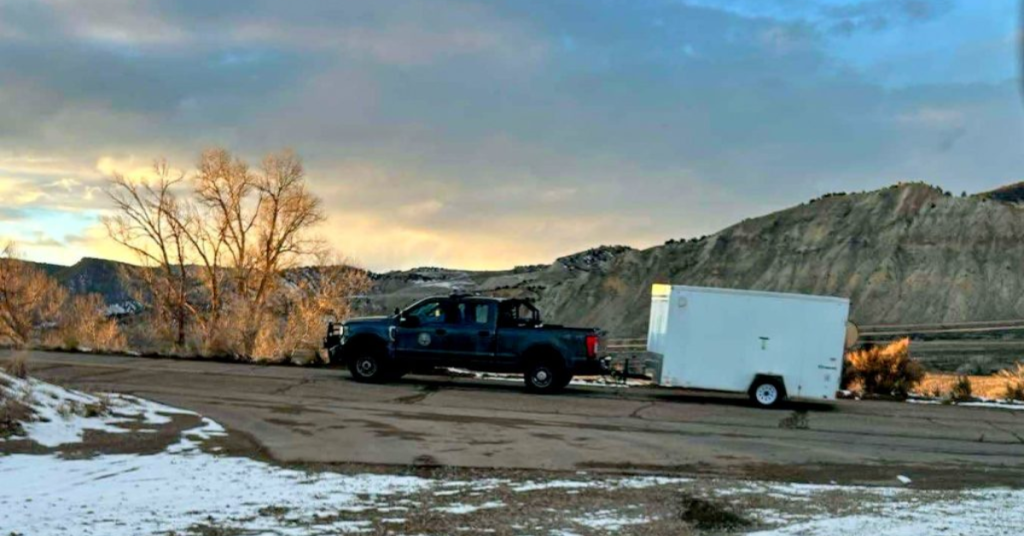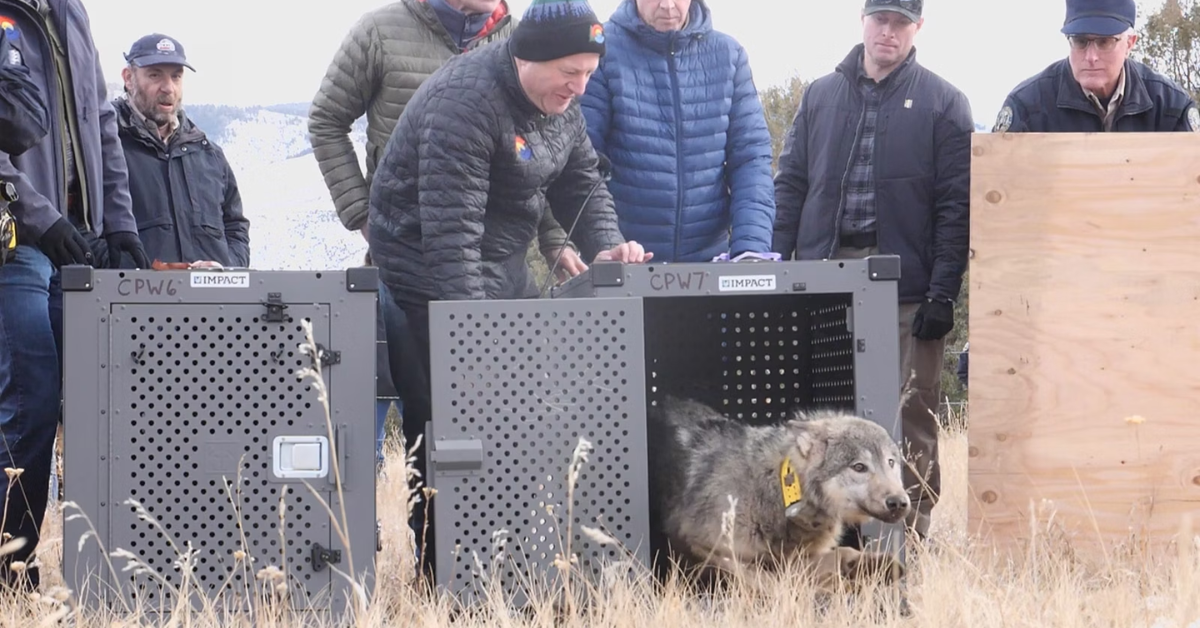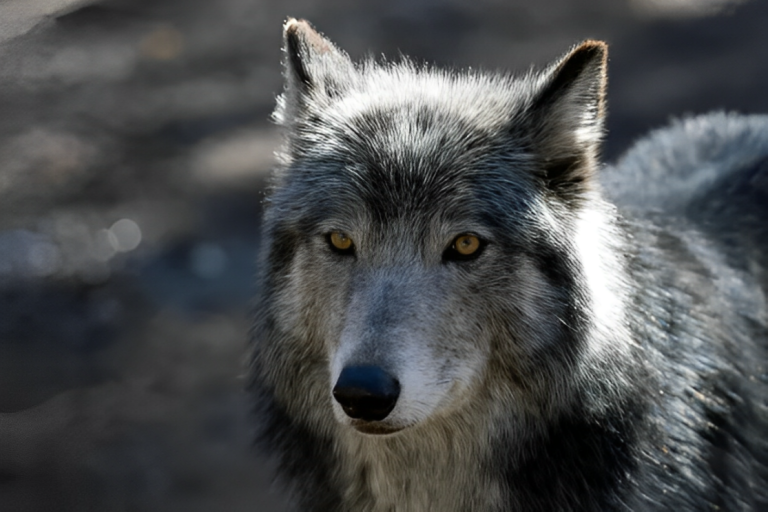Gray wolves from British Columbia will soon be released in either Garfield, Eagle, or Pitkin counties, Colorado Parks and Wildlife (CPW) announced on Saturday. While the exact release location and date are not disclosed, there has been growing speculation about their arrival, especially after a plane similar to the one used in 2023 landed at the Eagle County Regional Airport from Prince George, British Columbia, on Sunday afternoon.
Rachael Gonzalez, CPW’s northwest region public information officer, explained that due to the complexity of the operation and the need to ensure the safety of both the animals and staff, no specific details about the release will be shared until the operation is finished. “We will issue a press release once the operation is complete,” she added in an email on Monday.
At a recent meeting in Pitkin County, CPW District Wildlife Manager Matt Yamashita shared that the release process will be quick once the wolves are captured. “We’re not holding them for any time. We want them on the landscape as soon as possible,” he said.
He also emphasized that the wolves have already been through significant stress, having been captured, handled, and transported across the country after an international flight.
The wolves were selected from British Columbia, an area with no overlap with livestock, to reduce the risk of livestock depredation. This area is home to a large population of gray wolves, estimated at 5,300 to 11,600 animals. According to CPW, wolves will only be released on state-owned land, private land with permission from the owner, or possibly county-owned land. However, this could be a politically sensitive issue.
The planned wolf release is one of the most controversial topics in Colorado in recent years. In 2020, voters narrowly passed Proposition 114, which mandated the reintroduction of gray wolves in the state.
Most urban voters supported the measure, leading to a 51% to 49% vote. While Pitkin County voters supported the proposition, with 61.7% voting in favor, Eagle and Garfield counties rejected it, with 53.4% and 63.2% voting against it, respectively.
As part of the relocation program, CPW introduced the first 10 wolves to Grand County in December 2023. In late 2023, CPW identified Pitkin, Eagle, Rio Blanco, and Garfield counties as potential release sites for 2025. However, Rio Blanco County was later removed due to the high number of sheep in the area.
Francie Jacober, a Pitkin County commissioner, has been a longtime supporter of the reintroduction of wolves despite opposition from some local ranchers. She explained that while Rio Blanco County’s terrain might have been ideal for the wolves, the location of the release is not as important for the animals in the long run. “Wolves can travel up to 30 miles a day, so the release spot is less significant than the political and logistical aspects,” she said.

In the three counties under consideration, there are few state-owned properties, with one option being the Garfield Creek State Wildlife Area. However, releasing wolves there could be controversial due to grazing permits used by local ranchers. Jacober noted that there is a concerted effort to avoid this area, as it is near the Thompson Divide, an area with grazing permits for ranchers.
CPW tracks the wolves using collars, with the most recent data showing wolves located throughout multiple counties. While these tracking data do not necessarily mean wolves are present throughout the entire watershed, they give insight into the movement of the reintroduced wolves.
At the informational session, Yamashita mentioned that the terrain in Pitkin County may not be ideal for wolf packs due to the area’s elevation. He also discussed the declining health of local elk herds, with low calf survival rates being a significant concern.
However, the agency is still gathering data on the potential impact of wolves on local prey populations, including elk. It will continue to monitor predator-prey interactions as part of the reintroduction program.
Although it’s still too early to draw definitive conclusions about the impact of the reintroduced wolves, CPW remains committed to monitoring the situation closely. With low wolf populations and densities in the state, the agency continues to evaluate how wolves will influence the local ecosystem, particularly the elk herds.
Disclaimer: This article has been meticulously fact-checked by our team to ensure accuracy and uphold transparency. We strive to deliver trustworthy and dependable content to our readers.







Leave a Comment